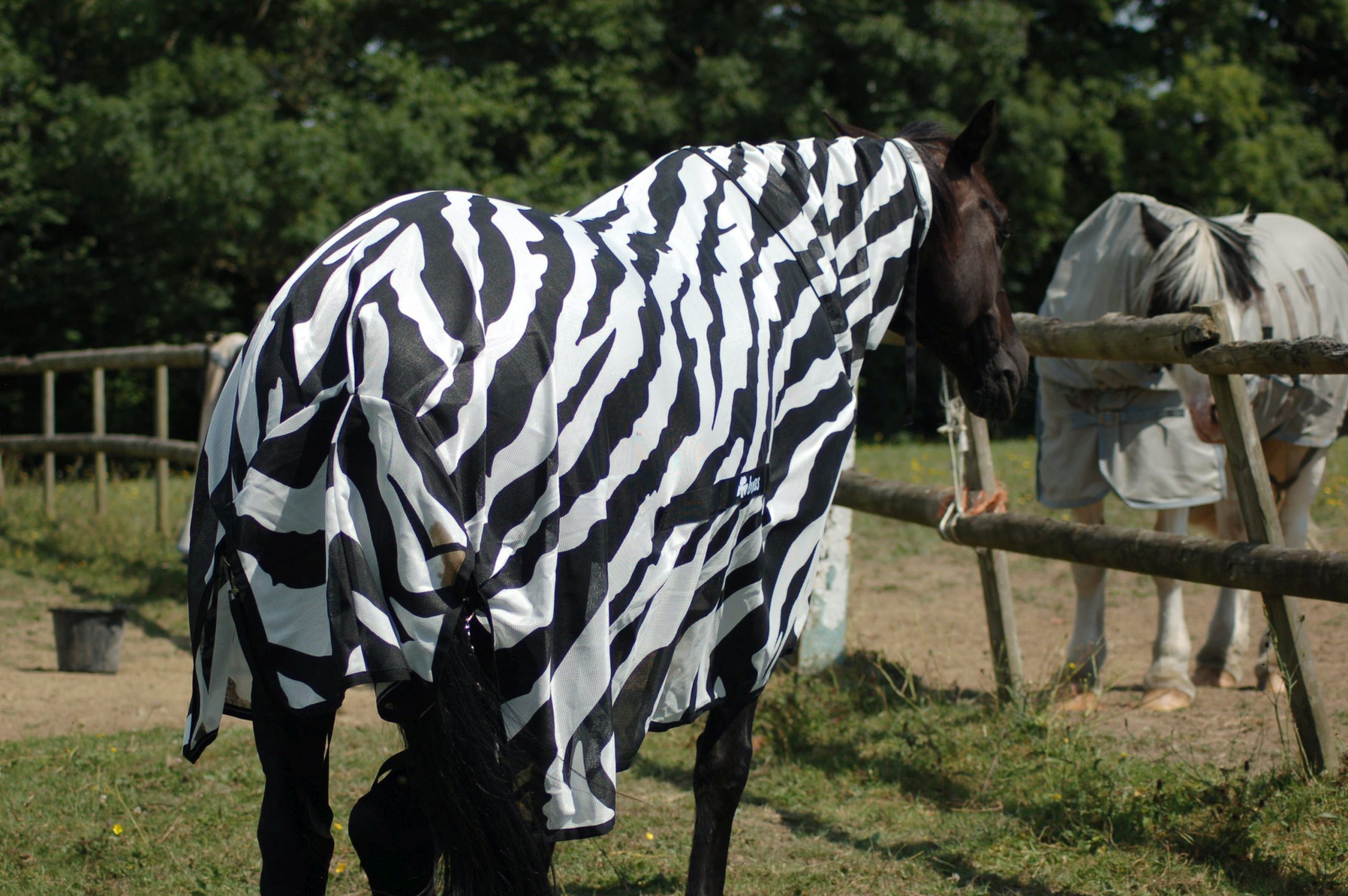Best of PLOS 2019!
In the midst of newscycle chaos at the start of 2020? Why not take a calming walk down memory lane with us at PLOS–here’s a very subjective list of my favorite articles from 2019! (Let me know your best-of-PLOS picks in the comments!)
January: Rapa Nui (Easter Island) monument (ahu) locations explained by freshwater sources
First up, a fascinating study examining how the Rapanui people of Rapa Nui (Easter Island) may have marked valuable freshwater sources with their prehistoric megalithic moai sculptures and ahu platforms.
Take a deeper dive into this study at USA Today, the Daily Mail Online, and Science Magazine.

February: The benefits of zebra stripes
In February, we published a study pointing out that zebra stripes discourage biting horsefly landings–featuring horses dressed up in sassy zebra-striped coats.
Read more at the New York Times, Fox News, and the Chicago Tribune.
March: Climate change may mean more mosquito-borne diseases worldwide
OK, this paper isn’t particularly calming–but it is timely and relevant. Researchers in PLOS Neglected Tropical Diseases forecast a global expansion and redistribution of mosquito-borne illnesses (especially Zika, dengue, and chikungunya) as climate change ramps up around the world.
Read more on NPR, Popular Science, and the Washington Post.
April: Green turtle populations rebounding
Good news for some species of sea turtles last April–PLOS ONE researchers showed that green turtle populations had increased by 4% around American Samoa and the Mariana Islands, and up to 8% near the Hawaiian Islands.
Check out more at Smithsonian Magazine, the Independent, and Newsweek.

May: “Battle for the Thermostat”
In May, PLOS ONE published the latest update in what’s sometimes termed the “Battle for the Thermostat”–showing that at higher temperatures, female study participants performed better on maths and verbal tasks, while the reverse was true for male participants.
Take a closer look in the Daily Mail, the New York Times, Mother Jones, and the Guardian.
June: “Hoard of the Rings”
June brought a PLOS ONE study examining an unusual “hoard of the rings”–strange cereal-based rings uncovered at a Bronze Age hillfort site.
Read more at Newsweek, Atlas Obscura, and Fox News.

July: City pairing model helps visualize climate change effects
In July, a ‘city pairing’ model and analysis helped us visualize how climate change could affect cities globally. The authors predict that by 2050, London’s climate might resemble that of Barcelona’s today, and Seattle’s climate that of San Francisco.
See more at the BBC, CNN, and IFL Science.
August: Air pollution linked to greater risk of mental illness
And in August, PLOS Biology published a study describing how living in areas with dirty or polluted air is linked to a higher risk of mental illness.
Read more at the New Scientist, the Guardian, and Forbes.
September: Short-faced kangaroos
September brought a study looking at ice age giant short-faced kangaroos and their massive jaws, capable of delivering crushing bites suitable for grinding up their tough plant diet.
Hop to more coverage at the New Scientist, Fox News, and The Conversation.
October
In a randomized controlled trial published in PLOS ONE last October, scientists showed that a 3 week diet intervention reduced symptoms of depression in young adult participants.
Investigate further at US News, NPR, and CNN.
November: “Eternal ice” melting for the first time
In November, researchers showed how warming temperatures in Mongolia mean ‘eternal ice’ patches are melting for the first time in reindeer herders’ memory–threatening traditional management techniques, summer pastures, and reindeer health, as well as exposing fragile archaeological materials previously frozen within the ice.
Read more at Vice News, the London Economic, and CNN.

December: Ancient seawall an attempt to stop rising seas
In December, researchers took a look at an ancient attempt to combat climate change: a 7,000-year-old stone seawall off the coast of Northern Israel, part of the Neolithic settlement of Tel Hreiz and the earliest known coastal defence against sea-level rise. Unfortunately for the people of Tel Hreiz, it appears the seawall ultimately proved ineffective–the coastal village was abandoned when the sea’s approach could no longer be held back.
See more coverage at Newsweek, Forbes, Smithsonian Magazine, and the Daily Mail.
To end our 2019 summary on a high note, here’s my favorite image of 2019 (though it was incredibly hard to choose)–paleoartist Dr. Mark Witton’s rendition of newly-discovered titanosaur Mnyamawamtuka moyowamkia, uncovered in southwest Tanzania as described in this February 2019 PLOS ONE paper. Here’s to 2020 and the exciting work our PLOS authors will continue to do!



